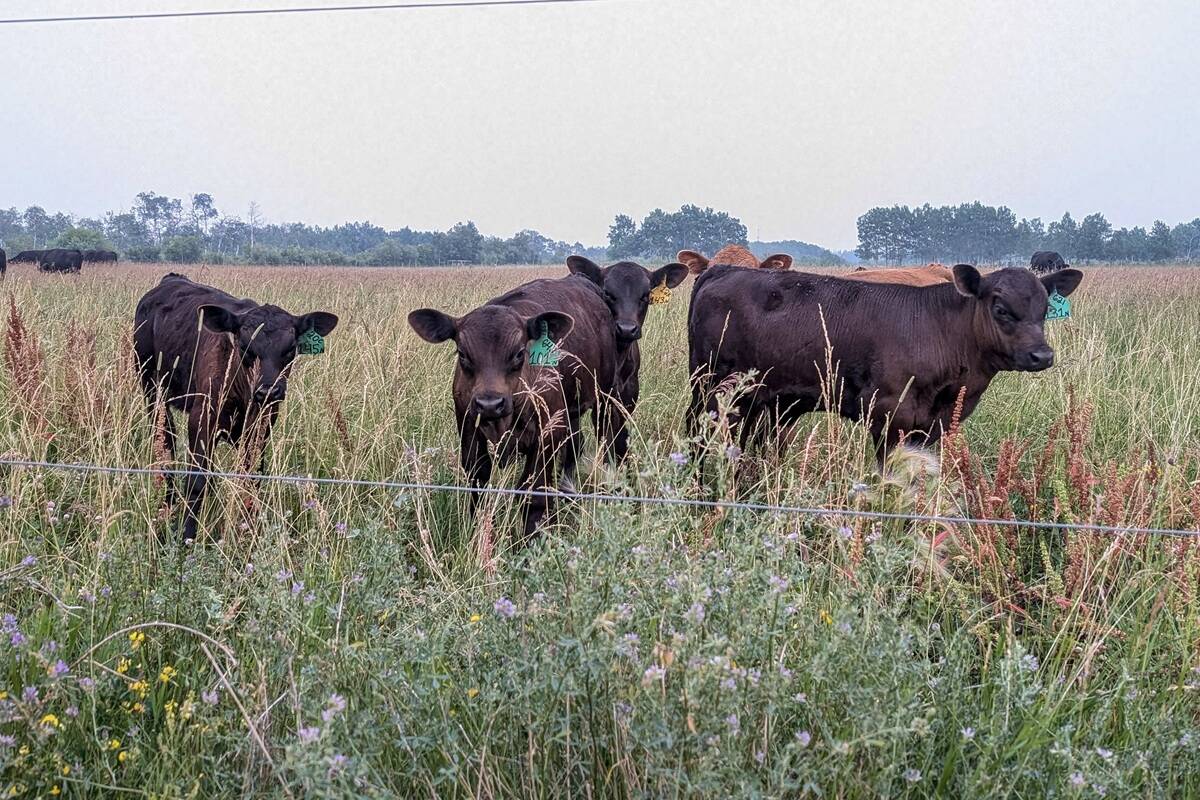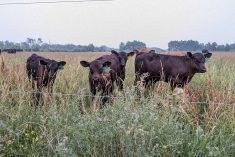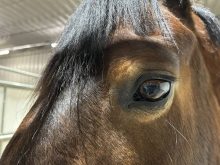An Aleutian disease management program for Newfoundland and Labrador is expected to allow that province’s mink farmers to step up biosecurity.
Under a $5.4 million, two-year program announced in April’s provincial budget and rolled out Thursday, eligible mink farmers may use the funding for improving biosecurity measures on farms, carcass disposal, disinfection and replacement of diseased animals.
Eligible producers and industry have two years to access funding under the program, to make sure they have enough time to meet program criteria for permits and written biosecurity plans, the province said.
Read Also

‘Not a happy Trump supporter’: U.S. Cattle ranchers hit by push for lower beef prices
Much like the price of eggs during the Biden administration, the cost of beef has become an emblem of the affordability crisis in Donald Trump’s America. Beef prices hit record highs earlier this year as the cattle herd shrank and consumer demand remained strong.
The program is expected to provide funding of 75 per cent of eligible costs, up to a maximum amount of $200,000 per farm, with industry putting in the remaining 25 per cent.
“This considerable financial commitment will help our industry put the proper biosecurity measures in place needed to control the further spread of the Aleutian virus,” said Catherine Moores, president of the Newfoundland and Labrador Fur Breeders’ Association, in the province’s release.
Aleutian disease, which was first described on a mink ranch in 1956, is recognized worldwide and is considered the most important infectious disease in the mink ranching industry.
The disease first appeared in farmed mink in Newfoundland last June, and by August was confirmed on nine farms in the province. The disease then appeared last winter in the province’s wild mink population.
The province on Thursday also pledged to support development of best management practices for fur farms. Environmental best management practices for fur farming, such as site planning, odour and fly control and manure management, have been developed by the province and industry representatives and were outlined in a recent report on waste management options for the fur farming sector.
“We are doing our own studies and research into this area and this recent report is another tool we are using as we move this industry forward,” said Kathy Dunderdale, the provincial minister responsible for the Forestry and Agrifoods Agency.
“We are working with farmers on approaches to address specific issues and standards so this industry can exist harmoniously with their neighbours,” she said. “All fur farms must register their proposals under the Environmental Assessment Act, which provides for a thorough public assessment of new developments. This requirement, combined with the environmental best management practices, has resulted in a more controlled development of the industry.”














